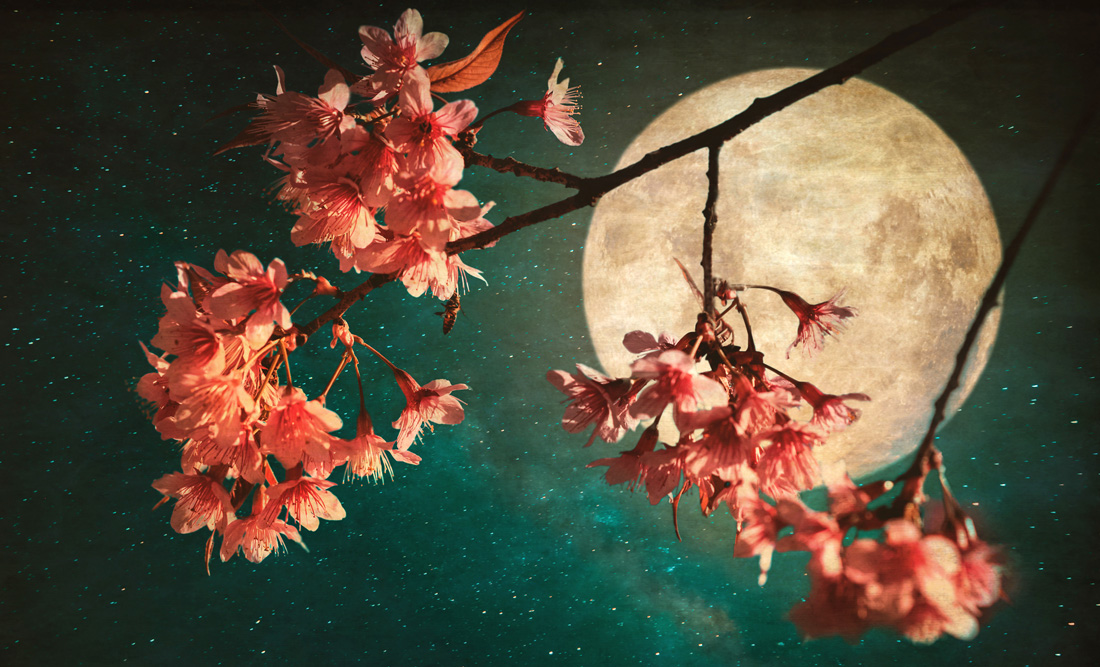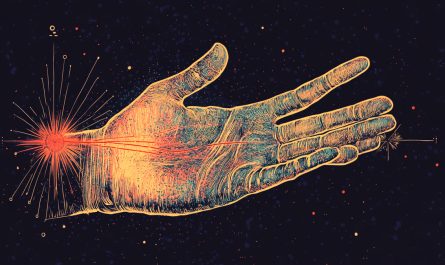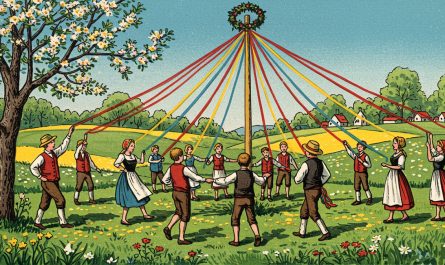Last Updated on May 22, 2025 by Avia
Planting by the moon is among the best ways to plan your garden and cropping seasons. It is a practice that has been there for centuries and has been used by many cultures worldwide to schedule their planting and harvesting practices. It is also a great way that people use to make their gardens more productive and grow healthier food.
It involves using the moon’s phases to determine the best time to plant different crops. As old as it is, this gardening practice is still in use up to date, and many farmers are finding success using it.
Table of Contents
What is Planting by The Moon?

Planting by the moon utilizes the moon’s seasons and gravitational pull that affects the earth’s climate. The moon has different cycles that impact plant growth and seasons. It also affects the soil moisture, which means that when used well, they can help make good farming schedules.
The moisture levels directly impact how plants grow and the types of crops that thrive in different water levels. The same way sailors study the moon to know the tide levels in the sea is how farmers utilize agricultural astronomy to predict cropping seasons.
During different lunar phases of the moon, its gravitational pull on the earth differs. For example, during the new moon season, moisture levels in the soil rise, giving plants access to more water. Besides the moon’s gravity, its light also impacts plants’ growth. Crops have different reactions to moonlight, and they develop better during certain phases of the moon.
The History of Planting by The Moon
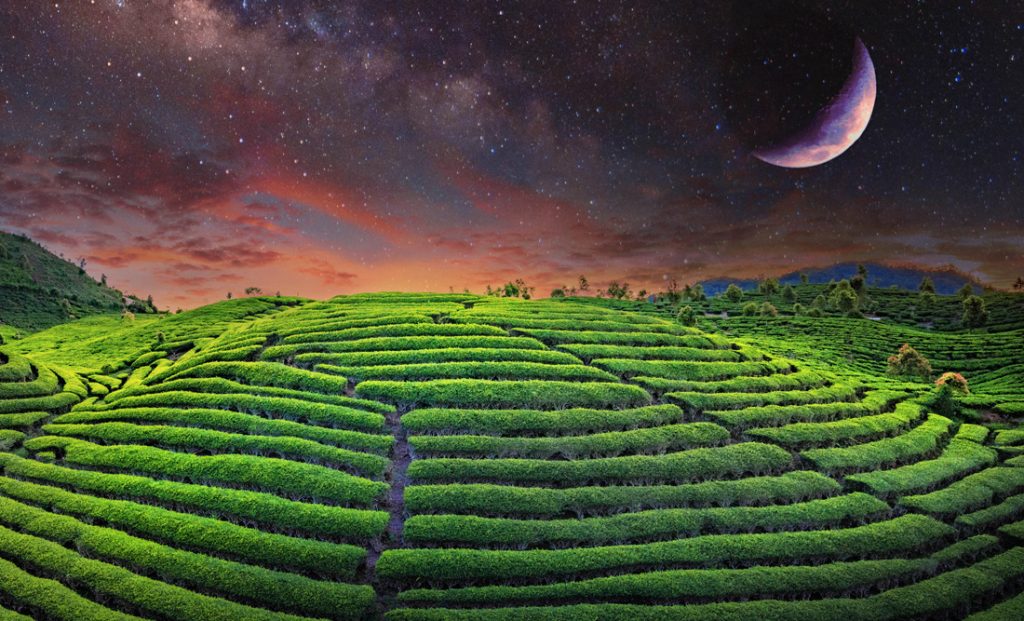
As we have already seen, planting on the moon is a practice that has been with us for centuries. But how did it start, and where was it first practiced? Well, planting on the moon can be traced back to the ancient Egyptian civilizations known for their excellent farming practices in the Nile Delta. The Mayan Indians in Mesoamerica and the Ayurveda also used agricultural astronomy and moon phases for their farming practices.
A famous Australian philosopher Rudolf Steiner popularized modern-day agronomy, which involves depending on the moon for gardening. He was well known for his knowledge of the moon and other celestial bodies that influence the nature of plants and animals.
Many of his followers and other scientists experimented with his idea by planting according to moon phases and observing their influence of plant growth. Although there is no solid scientific explanation for why planting on the moon works, people have seen massive success when farming following this phase.
Tips for Planting by The Moon
Planting by the moon is a fascinating practice many people use to maximize their farm produce. As ancient as it may sound, using lunar cycles is among the most efficient ways to get the right farming efficiency. Here are a few tips you can use when planting on the moon.
Phases of the Moon and Planting
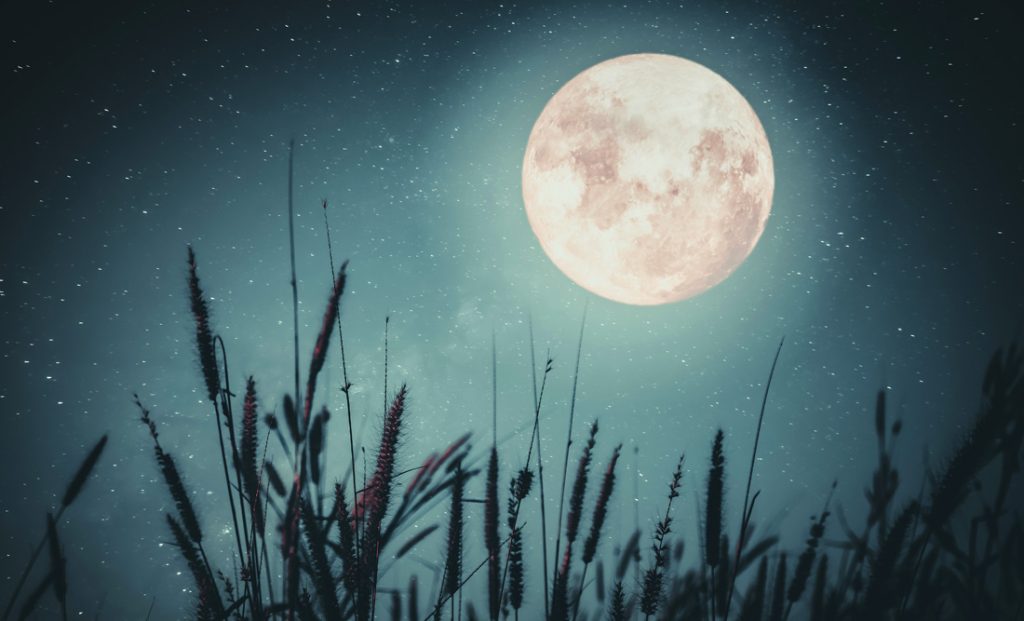
As we already saw earlier, the moon’s gravitational force impacts the soil’s moisture content. This means as the moon orbits the earth, it creates a gravitational rhythm that affects plants differently. Essentially, four phases of the moon are used in agricultural astrology to schedule planting and harvesting seasons. Let’s take a look at how each one of them can be utilized.
New Moon
During the new moon phase, there is more lunar gravity that pulls water and increases the moisture content in the soil, causing seeds to burst. The phrase comes with increased moonlight, creating an optimum balance between root formation and leaf growth.
This is usually the best time to plant crops that grow above the ground. You can grow crops during this time, including lettuce, broccoli, cabbage, celery, and spinach.
First Quarter (Waxing)
The moon’s gravity is usually a bit less at this phase, but the moonlight is stronger. These features are great for leaf growth and are also a good time for planting. You can start planting a week before the full moon phase.
Some of the best crops to plant at this moment include those that grow over the ground with their seeds growing inside. These may include crops such as beans, tomatoes, melons, and peas.
Full Moon
During the full moon phase, the moonlight is at its maximum, which is when it is about to start decreasing. At this time, the moon’s gravity is also high, increasing the soil moisture and assisting in the development of roots.
The phase makes it favorable to grow crops that are more developed in the form of roots. This may include crops like carrots, beetroots, and potatoes. It is also advisable to transplant crops during this time.
Last Quarter (Waning)
This is the last phase of the moon when the moonlight is low and its gravity decreases. When planting on the moon, this is the most suitable time to cultivate, fertilize or prune your crops. It can also be the best time for lawn mowing to reduce growth.
Conclusion About the Moon and Planting
Planting on the moon is a practice that has existed for centuries. Although technology has changed a lot regarding farming, the use of the moon cycle for gardening is still very effective.
The four phases of the moon (new moon, waxing, full moon, and waning) have different impacts on how certain crops grow. As a gardener, consider using these tips to maximize your farm yield and improve crop quality. Oh, and if you liked this article, check out my tips on how to make moon water, which you can use to enhance your garden!

